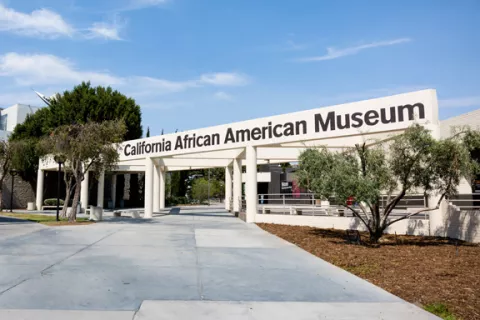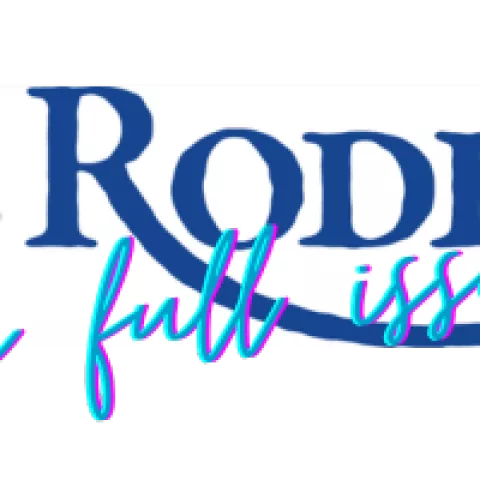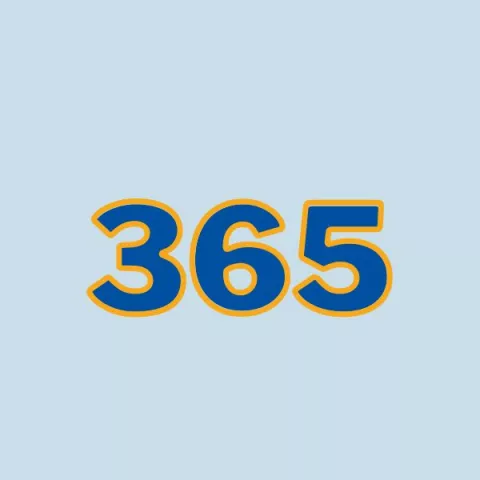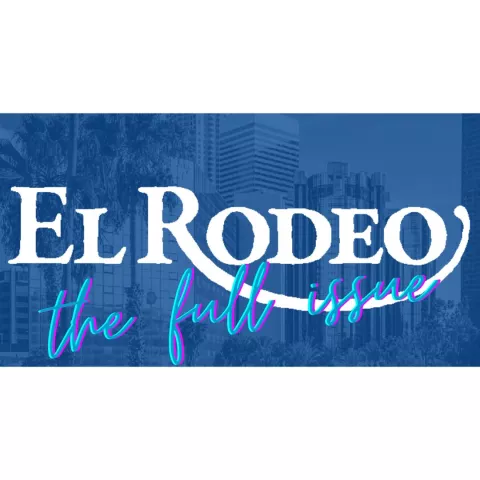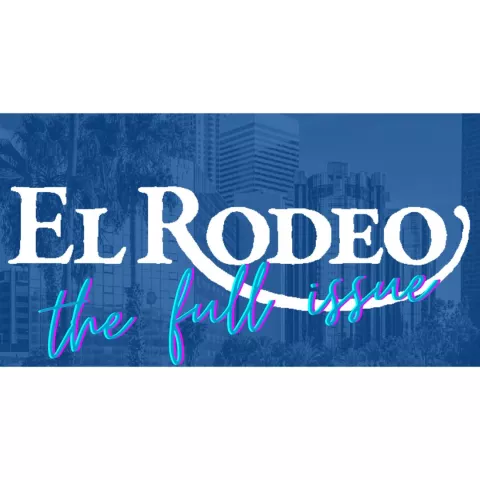 Los Angeles can be characterized as a city with an abundance of riches. Reading this may evoke many places we like that make life enjoyable. However fewer may immediately think of the California African-American Museum (CAAM). Perhaps considered a hidden gem, thanks to its location in the evolving Exposition Park, and its new dynamic leadership, CAAM is becoming more visible and appealing to a more diverse audience of Angelinos.
Los Angeles can be characterized as a city with an abundance of riches. Reading this may evoke many places we like that make life enjoyable. However fewer may immediately think of the California African-American Museum (CAAM). Perhaps considered a hidden gem, thanks to its location in the evolving Exposition Park, and its new dynamic leadership, CAAM is becoming more visible and appealing to a more diverse audience of Angelinos.
On Friday, August 24, Rotary5 hosted George Davis, CAAM’s new Executive Director. Exposition Park may have been a sleeping giant, but is one now awakening with a roar. Rotary5 recently heard Dr. Lori Bettison, Executive Director of the Natural History Museum detail NHM’s plans to expand physically and grow its audience; the California Science Center added the space shuttle Endeavour, the Sports Arena was replaced with the new professional soccer stadium, the iconic Coliseum is being renovated and the singular George Lukas Museum of Narrative Arts is under construction.
 Into this mix is CAAM, open since 1984 when Expo Park had much attention due to the 1984 Olympics. CAAM was founded to provide a showcase for the in art, artifacts, history and culture of the western U.S. African-American experience. As Mr. Davis noted, Los Angeles is now recognized art center with art museums and institutions appealing to more and more diverse audiences.
Into this mix is CAAM, open since 1984 when Expo Park had much attention due to the 1984 Olympics. CAAM was founded to provide a showcase for the in art, artifacts, history and culture of the western U.S. African-American experience. As Mr. Davis noted, Los Angeles is now recognized art center with art museums and institutions appealing to more and more diverse audiences.
 Matt Ball, Rotary5 Vice President of Programs noted in introducing Mr. Davis, he was a successful business executive, who served on CAAM’s Board of Directors. Recognizing the need for his business and management skills the Board appointed him Executive Director.
Matt Ball, Rotary5 Vice President of Programs noted in introducing Mr. Davis, he was a successful business executive, who served on CAAM’s Board of Directors. Recognizing the need for his business and management skills the Board appointed him Executive Director.
Mr. Davis was aware that the Museum’s donor and attendee base was older and more traditional, and at the same time CAAM had to attract younger patrons to grow. To effect this he secured state funds (as a state funded institution) to renovate the space, hired new staff, developed a new logo and website, shifted to social media marketing and held events, like opening parties, with DJ’s and food trucks. These efforts have attracted younger, educated and energized people of various ethnic backgrounds. Once they came, and then entered the museum, they would appreciate and relate to the experience it offered, hopefully to tell others and return. And while he recognized the need to be sensitive to the traditional older base, he believes these changes are imperative for the museum’s future growth and sustainability.
 Growing up in a diverse area of Seattle, Mr. Davis appreciated the benefits of getting out of our comfort zones. He fatefully was invited to the LDS Church, heard the Mormon Tabernacle Choir singing spirituals and realized that we can all appreciate others’ experiences. From there, the Freedman’s Bureau Project to digitize all slave names of which he was part, teamed up with the LDS.
Growing up in a diverse area of Seattle, Mr. Davis appreciated the benefits of getting out of our comfort zones. He fatefully was invited to the LDS Church, heard the Mormon Tabernacle Choir singing spirituals and realized that we can all appreciate others’ experiences. From there, the Freedman’s Bureau Project to digitize all slave names of which he was part, teamed up with the LDS.
 His message to us from his experience is that to be most effective with other people is to meet them where they are. Good advice for Rotary as we too seek to evolve at this critical time in our club history.
His message to us from his experience is that to be most effective with other people is to meet them where they are. Good advice for Rotary as we too seek to evolve at this critical time in our club history.
After Mr. Davis spoke, Past President Ken Chong, who leads our Gateway program called to the stage members Chris Kim and his daughter Samantha Kim who both graduated from green to white badges! This may have been our club’s first joint father-daughter Gateway Graduation! Congratulations to the Kims!

